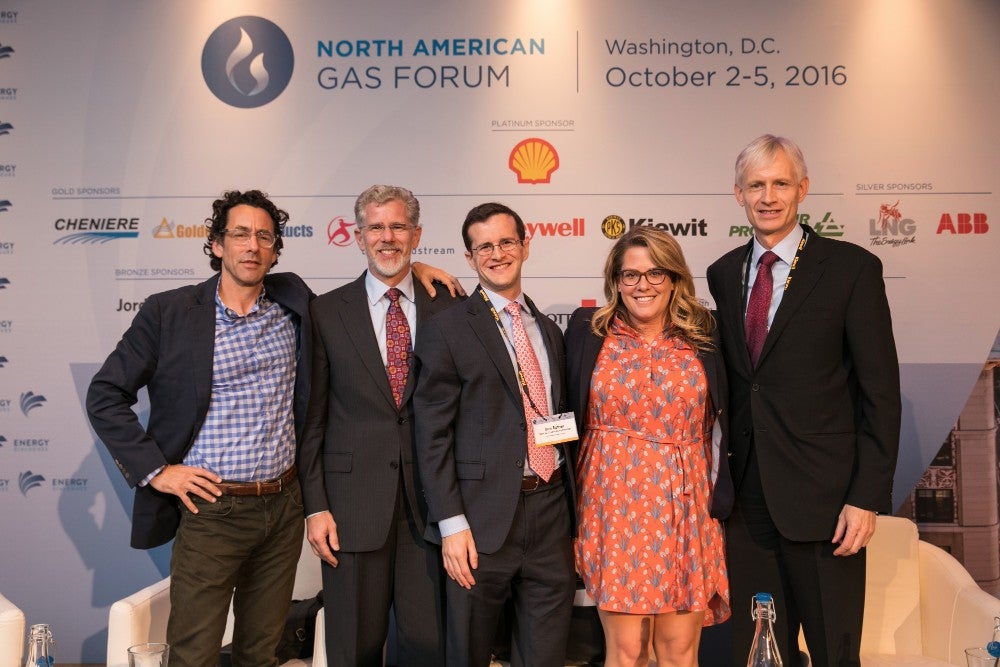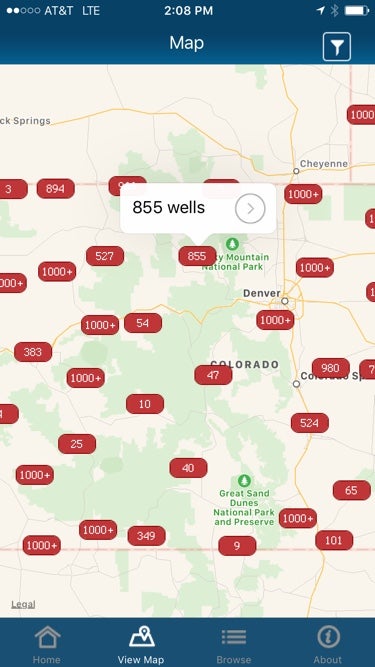 Across the U.S. more than 15 million people live within a mile of an oil or gas well – and a new app is making it easier for those people to know exactly where those wells are located within their neighborhoods.
Across the U.S. more than 15 million people live within a mile of an oil or gas well – and a new app is making it easier for those people to know exactly where those wells are located within their neighborhoods.
The WellFinder app uses data from state agencies to help users know not only the exact location of these wells, but also how old they are, who operates them, whether they are still active, what type of well it is (i.e. oil, gas, injection) and who to call if something doesn’t appear to be functioning properly.
Companies and regulators often find out about water contamination and air pollution from the people who live near these facilities. With this kind of transparent data now at our fingertips, communities can keep a more watchful eye on oil and gas operations – ultimately enhancing the environmental performance of the industry. Read More










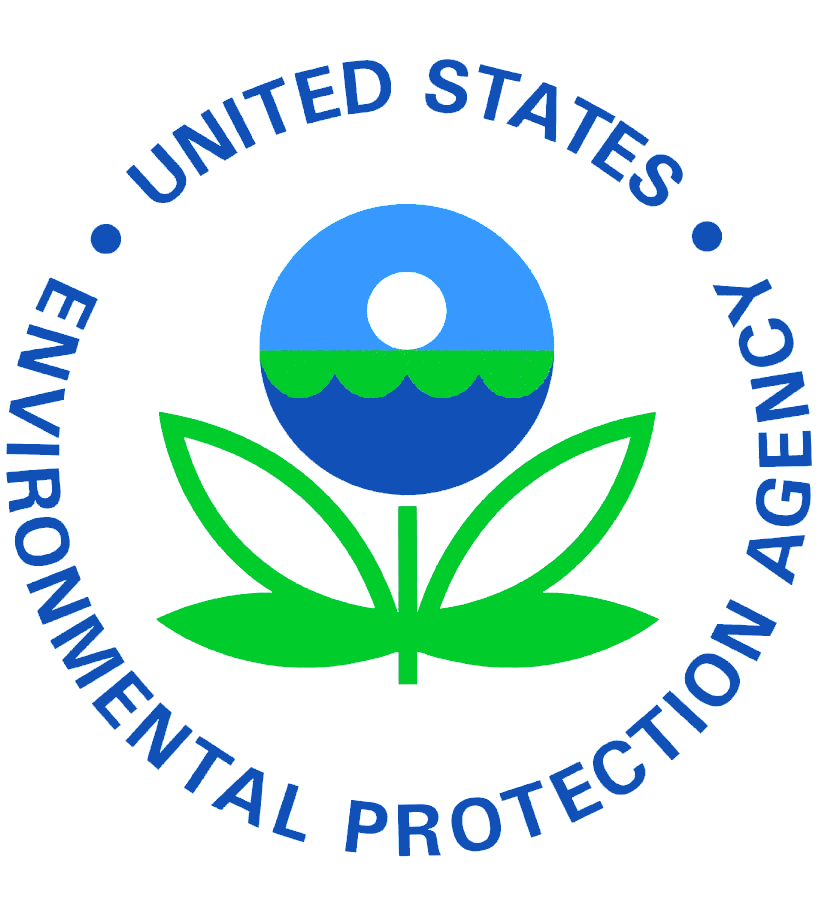
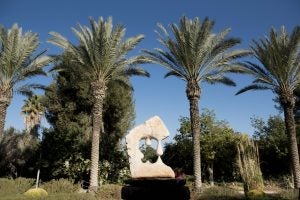 On a warm December day, I stood in a jojoba field in the Negev Desert in southern Israel and watched water slowly seep up from the ground around the trees. First a tiny spot, then spreading, watering the plants from deep below. This highly efficient system is known as drip irrigation, and I was there to meet with the world’s leading drip irrigation company, Israel-based Netafim.
On a warm December day, I stood in a jojoba field in the Negev Desert in southern Israel and watched water slowly seep up from the ground around the trees. First a tiny spot, then spreading, watering the plants from deep below. This highly efficient system is known as drip irrigation, and I was there to meet with the world’s leading drip irrigation company, Israel-based Netafim.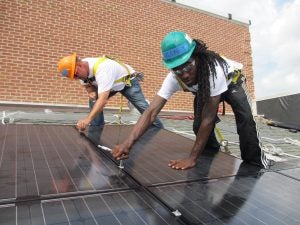 It’s that time again. Texas leaders are meeting in Austin for the 85th Legislative Session and the next five months will be an interesting wrestling match over human rights, voting rights, bathroom rights, and local rights.
It’s that time again. Texas leaders are meeting in Austin for the 85th Legislative Session and the next five months will be an interesting wrestling match over human rights, voting rights, bathroom rights, and local rights.